The art of practical storytelling: tragedy
This story plot is commonly used to elicit guilt and shame or put fear of tragic outcomes to get people to donate to charities or perform tasks at work
Practical ideas on marketing strategy and self-mastery that unlock your zone of mastery. (They don’t teach this in B-school). Performonks goes to 4,502 curious marketers and founders - join the tribe here.
I almost skipped this story plot because I thought I had nothing interesting to say about it.
Yet again, I learnt that we only know what we think when we write.
So here goes.
Ingredients of the tragedy story plot
All lives, even the happy ones, are hurtling towards the inevitable tragedy of death.
But what’s different about the tragedy story plot is that it is not just about super sad endings but also sad lives. It comes in three flavours.
Love stories with sad endings - Romeo and Juliet, Qyamat se Qyamat Tak, Dil Se, Fanaa.
Tragic heroes with good intentions but bad choices- Their unfortunate lives and untimely tragic deaths - Guru Dutt films, Devdas, Gangster, Rockstar.
The monster’s life story, from their POV (the monster from the ‘Overcoming the Monster' story plot)- bad people with bad intentions who wreak havoc, then fall from grace and die an agonising death—Joker, Bonnie and Clyde, Monster, Macbeth, Picture of Dorian Grey, Anna Karenina, Madame Bovary, Jekyll and Hyde.
Sidenotes:
Darker shades of black: From Bonnie and Clyde to Joker to Animal to Game of Thrones, our monsters have gotten darker over time.
Me hurt badly, so I hurt you worse: From a small sample of the few stories I know, it seems that nowadays, more movies are being made on the monster’s backstory—why they turned out this way (childhood abuse, etc.). And the monster does not die at the end! Animal anyone? I hope this does not signal a justification culture for villainous behaviours in our society.
The Great Indian Tragedy: I was surprised that Bollywood is full of tragic stories. Apparently, we Indians do not always escape into the air-conditioned comfort of a perfect dream world punctuated by song and dance. Do we like tragedies because they remind us of the inevitability of fate and keep us grounded? I don’t know.
But I digress.
Three ways to apply to marketing
1. Consumer insight
Tragedy at a distance is oddly titillating:
A gruesome reminder that tragedy lurks unseen for those of us bubble-wrapped in gated communities is the scene from Slumdog Millionaire, in which a healthy young boy is blinded because blind beggars earn more.
Such scenes of horror, cruelty and violence make us sick at that moment and may even forever get seared into our brains.
But we keep coming back for more. We feel compelled to stick our necks out of cars and buses to catch a glimpse of an accident. We say a short prayer for the unfortunate, a longer one to thank the universe that we were not one of them, and we get on with our day.
Is it any wonder that newspaper headlines and Meta-algorithms skew towards the dark and controversial?
Donating to charity is the city slicker’s Ganga Snaan1.
When we witness tragedy right next door, we are more inclined to give away small amounts to beggars or organized charities.
But we are conscious that we want to donate our hard-earned money to the right causes and not to line the pockets of bad actors.
Yet movies such as Slumdog have convinced us that begging is a multi-billion dollar industry. Maybe that’s why we have an ingenious plan - we give away Rs.2/- ParleG biscuits instead of Rs.10/- cash to beggars at traffic signals. We tell ourselves that if we give a biscuit, at least they will get to eat something, while money will only line the pockets of the villains.
Having said that, tragic storytelling is a powerful way to activate guilt and shame and get the public to donate to charities. Marketers lean on advertising campaigns when causes need to raise donations at scale.
2. Charity campaigns
Charity campaigns swing between showcasing tragic ugliness or inspiring positive action.
Activate guilt or gratitude through the ugly
I have found this to be the default strategy for most NGOs. They showcase the ugliest side of life, so,
the public is guilted into donating money.
or they think, ‘this could have been me or mine,’ and they ‘buy’ more good fortune from the universe
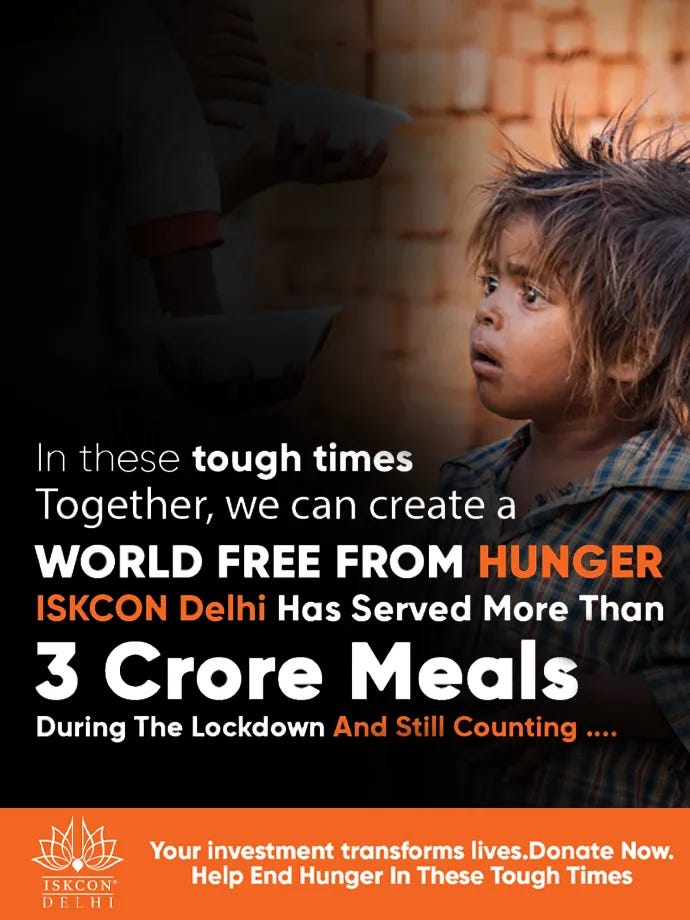
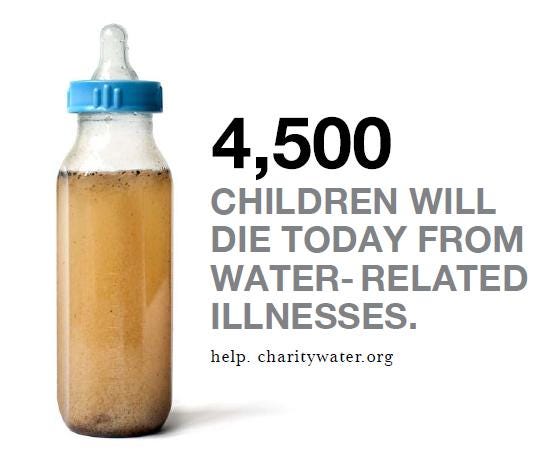
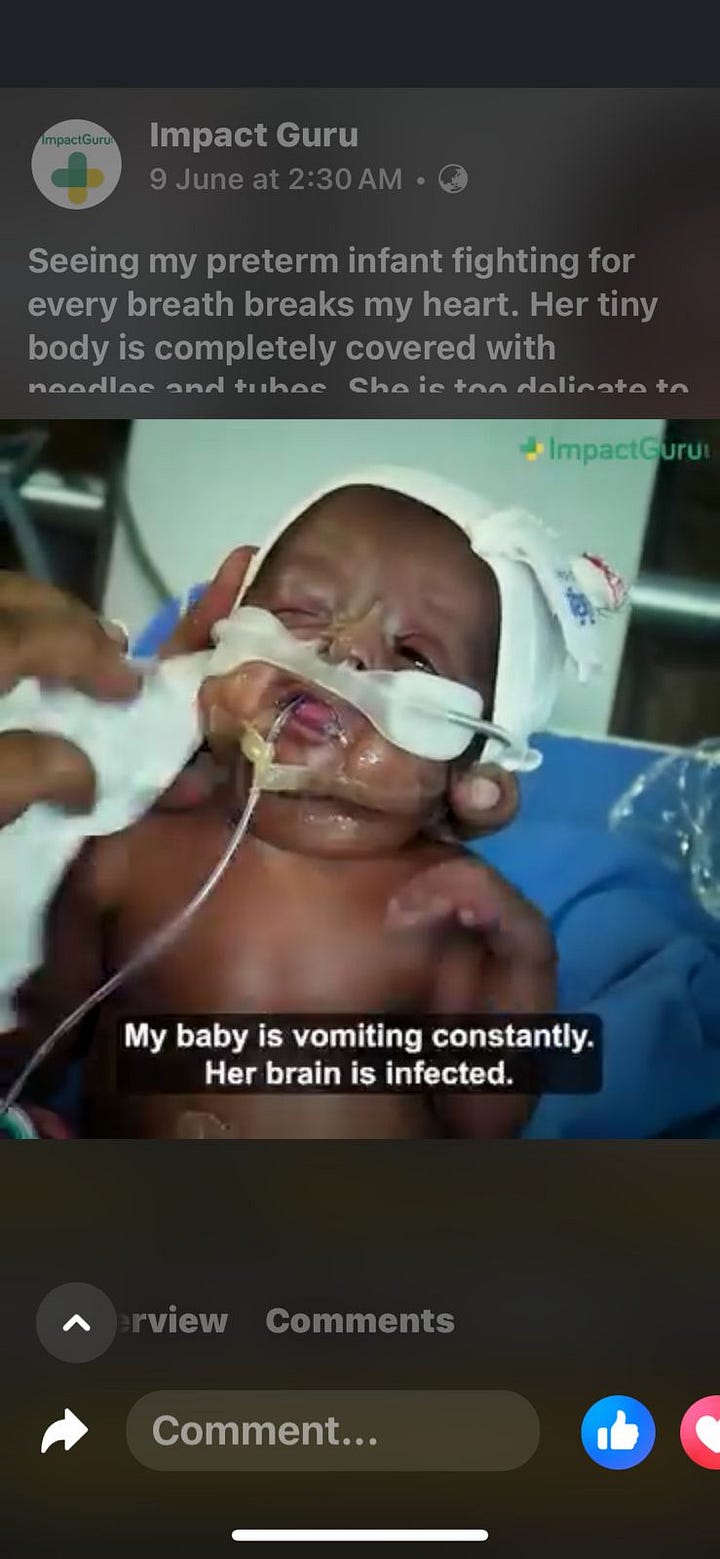
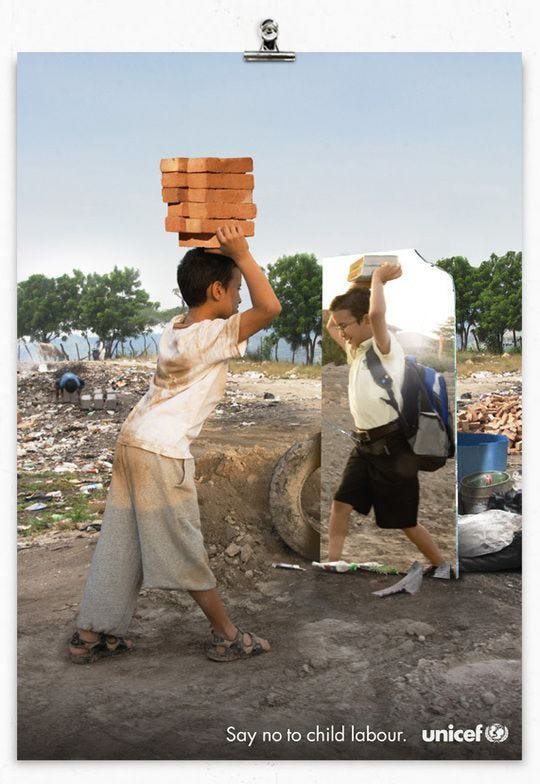
Inspire positive action through creativity
The human brain notices and remembers anything that is novel. Charity advertising leans into creative metaphors and leave everything else to the audience's imagination.
Or, in the case of babies and pets, they lean into cuteness, hoping to melt the audience’s hearts. I like this one from DogsTrust.
3. Corporate social responsibility
A third application in marketing is when brands support charities or alleviate human suffering as part of their CSR programs.
They ensure such programs are as closely aligned to their product benefit or reason for their existence.
I like this one by Listerine.
It’s adjacent to ‘mouth health’ - their reason for existence.
It is measurable and specific - 1,000 smiles.
It does not virtue signal.
Smart brands build their entire business model around a CSR idea. This differentiates them and, hopefully, also attracts consumers.
Application to corporate
I’ve frequently seen leaders push employees into action by detailing the tragic consequences of inaction or failure.
This is what it looks like.
This strategy is best used sparingly to avoid being labelled as the CXO who cried wolf.
Astute managers know that the ultimate tragedy for corporate workers is public shaming by bosses or poor appraisals. They use it to great advantage to get their work done.
All in all, this one surprised me. I thought this story plot was irrelevant to our daily lives, but I was mistaken. This can be very effective in activating the EST cocktail that guilts, shames and scares people to do what you want - this unlocked a flood of memories from my corporate life, which I need a week to process :-)
That’s why I'll see you in a week with the last plot - Rebirth.
Thanks for reading!
It is believed that a dip in the Holy Ganges washes away the sins of many lifetimes.






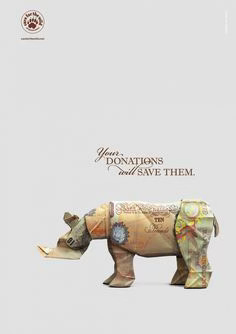

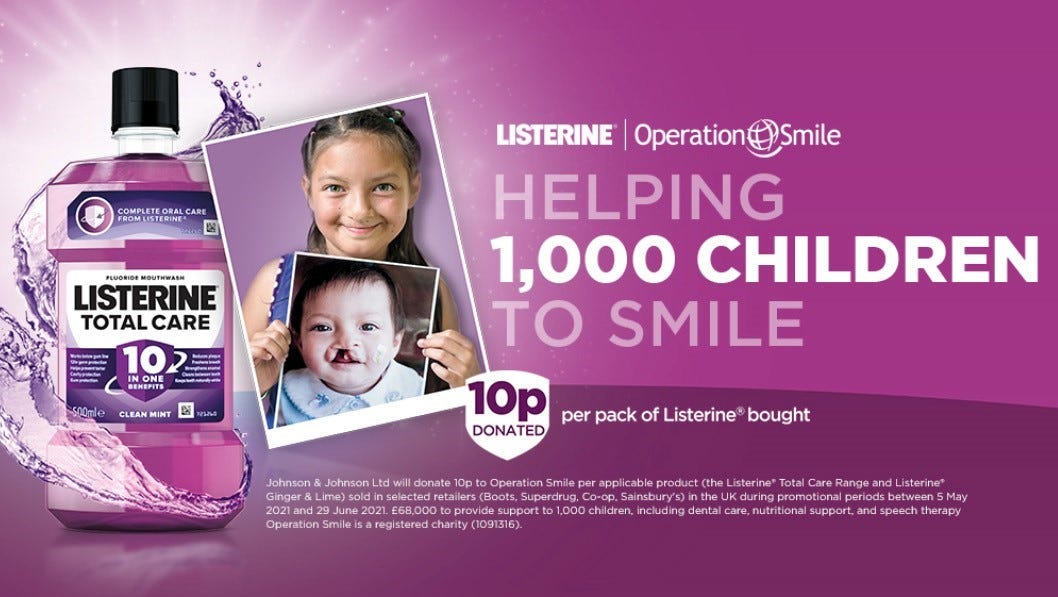

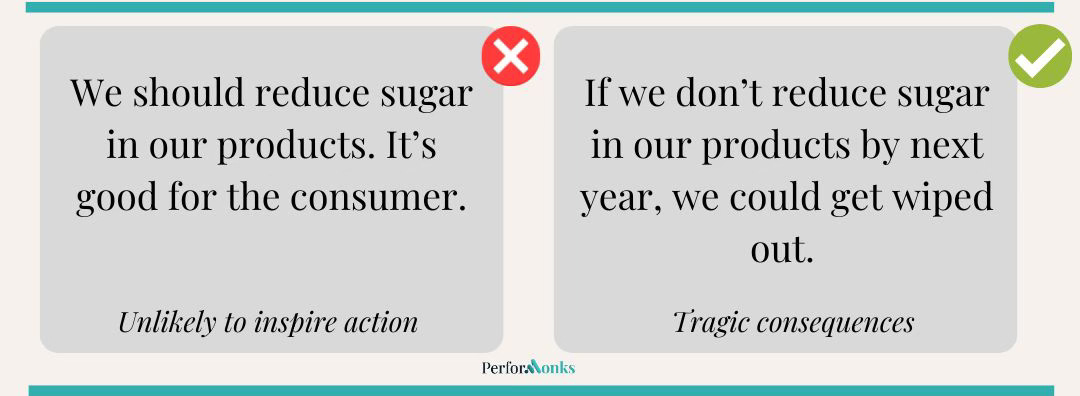
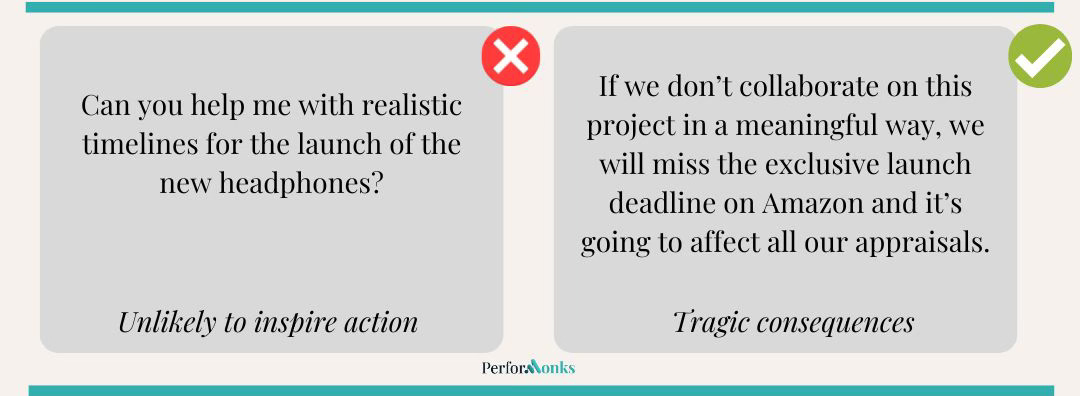
While guilt does make us think, overtly garish pictures of penury or injury or hard sell like the WWF or GreenPeace does in malls using interns also puts away many...the trick is just the right balance to make you imagine the the pain and the motivation to act..